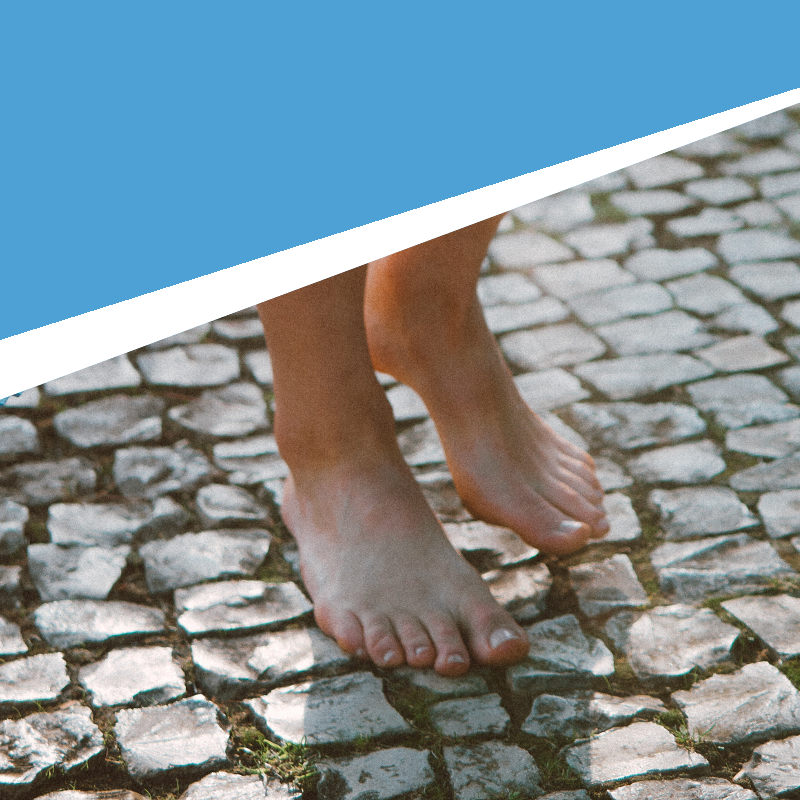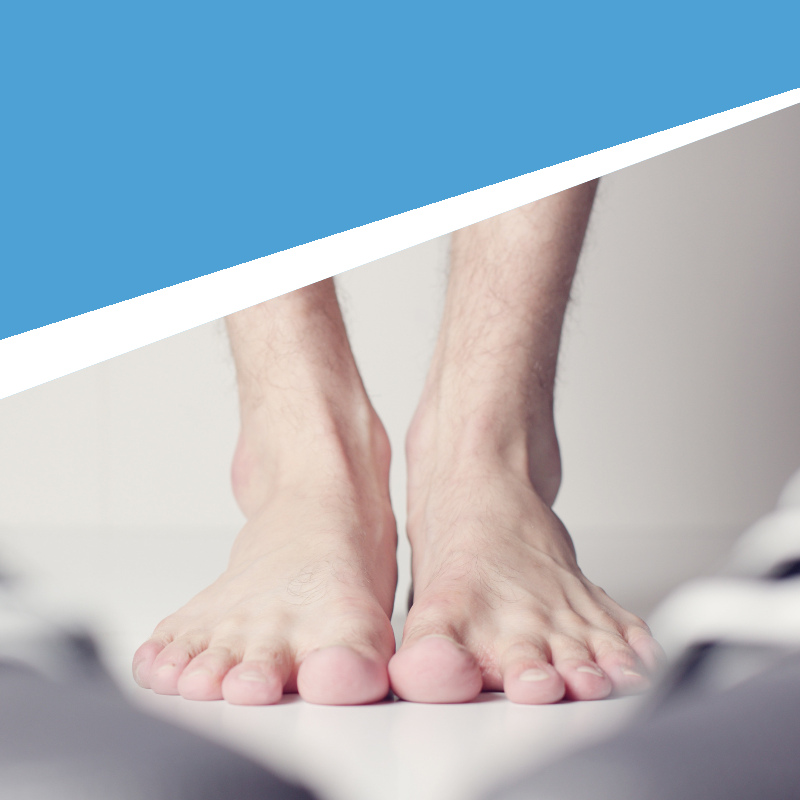Freibergs Infraction/ Osteochondritis
- Freiberg’s Infraction is an avascular necrosis usually of the 2nd metatarsal head, this means that there isn’t enough blood supply to the growth plate and is usually caused by repetitive microtrauma, which is why this disorder is common in young athletes between the ages of 15-25 (although this age range varies depending on what you read).
- You are also more at risk if your second toe is longer than your big toe, and it is very painful when the toes are bent back when walking.
So if you have pain and swelling in your second toe, you play a lot of sport and your’ re between the ages above, then keep reading!!!
The above picture shows where pain and swelling will be if you have Freibergs Infraction
Pathology
- May be either unilateral or bilateral (meaning it might be on just one side or both)
- Its ischemia and bone necrosis within the head of a metatarsal (usually the 2nd) leading to a collapse of the articular surfaces and underlying area of subchondral bone, quite simply, due to the repetitive trauma the growth plate and blood supply are damaged which leads to a painful deformed second toe.
Differential Diagnosis
- synovitis
- stress fracture
- osteosarcoma
- mortons neuroma
Freibergs Infraction Treatment
- Treatment tends to depend on the level of bone damage, which can be seen as a result of X-rays that should be obtained.
- Initial management for a mild-moderate freibergs includes proper footwear, with orthotics to offload the affected joint/ joints.
- Activity must be limited to 4-6 weeks
- If symptoms don’t reduce or the damage is significant on first X-ray then cast immobilization must be considered within 3-4 weeks.
Surgery (rare)
- Only used when failure of conservative treatment isn’t successful
- The removal of metatarsal heads may be indicated, once again rare circumstances.
If you have any questions about the information above or you have pain in the second toe or anywhere else in the foot then please don’t hesitate to get in touch!!!




